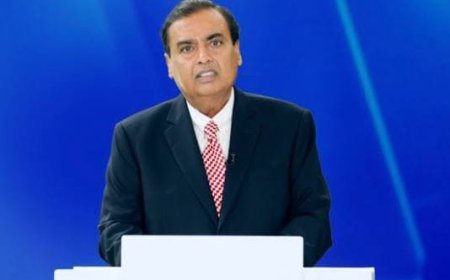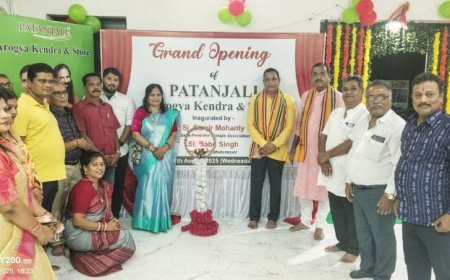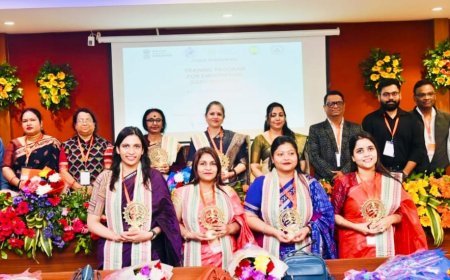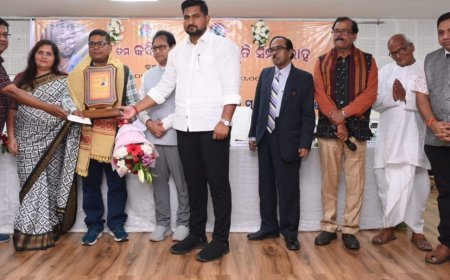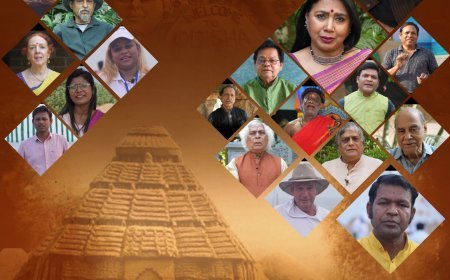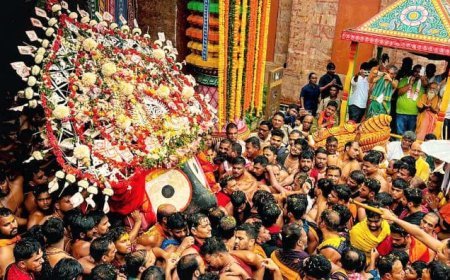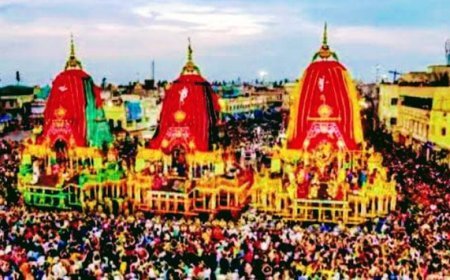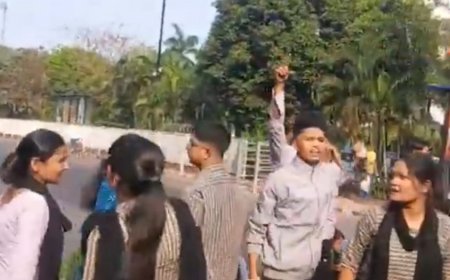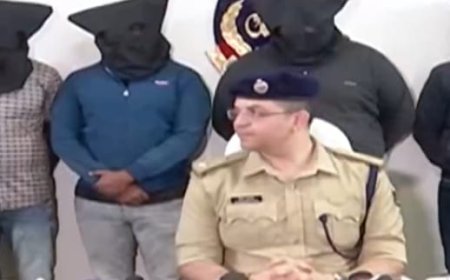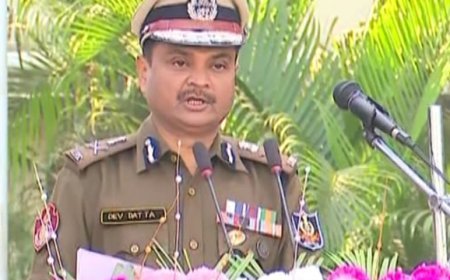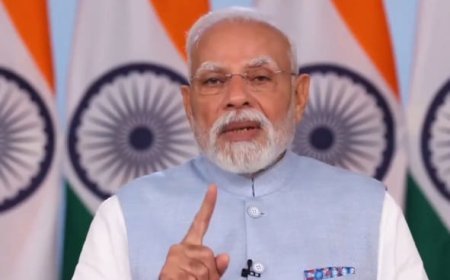The Political Circus of India: A Tale of Accismus, Omnishambles, and Charlatans

India’s current political scenario can be best described as an omnishambles—a chaotic mix of governance, propaganda, and public sentiment that oscillates between hope and disillusionment. With every election cycle, the nation witnesses accismus, where politicians feign reluctance for power while secretly harboring an insatiable thirst for it. This paradox of governance creates a landscape riddled with kakistocracy, where the least qualified often hold the highest offices, much to the frustration of the common man.
The media, a supposed pillar of democracy, indulges in gobbledygook—a mixture of sensationalism, half-truths, and outright misinformation. Debates have become a kerfuffle rather than intellectual discussions, leaving the public trapped in a whirlwind of confusion. The rise of social media has further amplified doomscrolling, where citizens endlessly consume negative political news, leading to widespread anxiety and polarization.
Amidst this turmoil, leaders exhibit eccedentesiast tendencies, smiling through scandals and failures, while the public is left grappling with lethological moments, struggling to recall the many broken promises made by those in power. The concept of melliorism, the belief that society will improve, still lingers, but with each passing election, this hope diminishes under the weight of corruption and avarice.
Politicians frequently engage in ultracrepidarian rhetoric, offering unsolicited opinions on matters they barely comprehend. Their ostentation is evident in grand rallies, lavish advertisements, and self-congratulatory speeches that mean little to the struggling populace. Meanwhile, opposition parties often resort to peripeteia, experiencing dramatic reversals of fortune, where leaders who were once irrelevant suddenly find themselves at the center of national discourse.
The Indian voter, torn between cacoethes (an uncontrollable urge to express dissatisfaction) and saudade (a deep longing for better leadership), often falls victim to the fabulist narratives spun by those seeking power. The common man—whether a farmer, a student, or a middle-class worker—remains a nillionaire, possessing no real influence in the corridors of power despite the illusion of democracy.
Amid the political theater, a knave or two always rise, charming the electorate with persiflage—witty yet meaningless banter designed to distract from pressing issues. The art of tergiversation (deliberate evasiveness) is mastered by these leaders, who sidestep difficult questions with vague promises. Their confabulation of facts often leads to discombobulation among voters, leaving them bewildered rather than enlightened.
In this cycle of deception and power play, a few thinkers and intellectuals act as kibitzers, offering unsolicited yet insightful observations on the state of affairs. They attempt to cut through the rigmarole, exposing the flaws in governance and holding those in power accountable. However, the political machinery is quick to denounce such figures, often leading to denouements where truth is sacrificed for convenience.
The real question remains: Can India break free from this convolution of deceit and inefficiency? The answer lies in the collective will of its people. If they refuse to be swayed by palaver, if they demand transparency instead of theatrics, and if they reject charlatans masquerading as leaders, then perhaps a halcyon era of governance is possible. Until then, the circus continues, with new actors stepping onto the stage, performing the same old tricks.
Sanjay Pattnayak
Sundargarh







